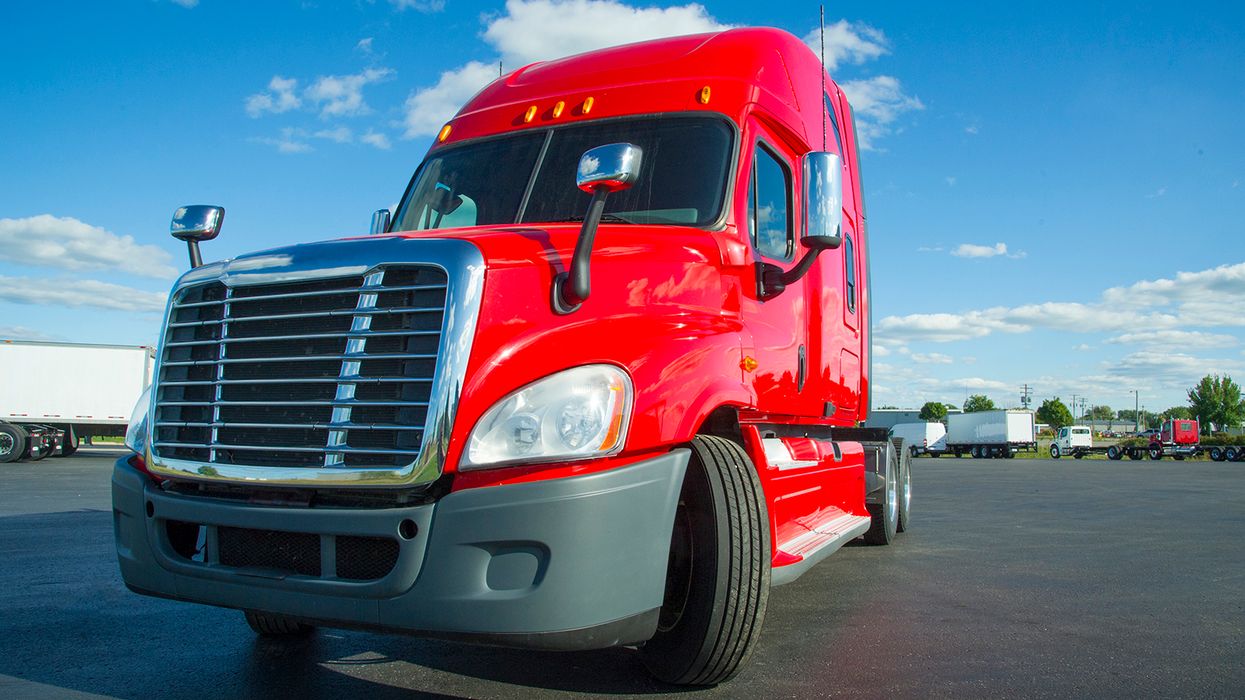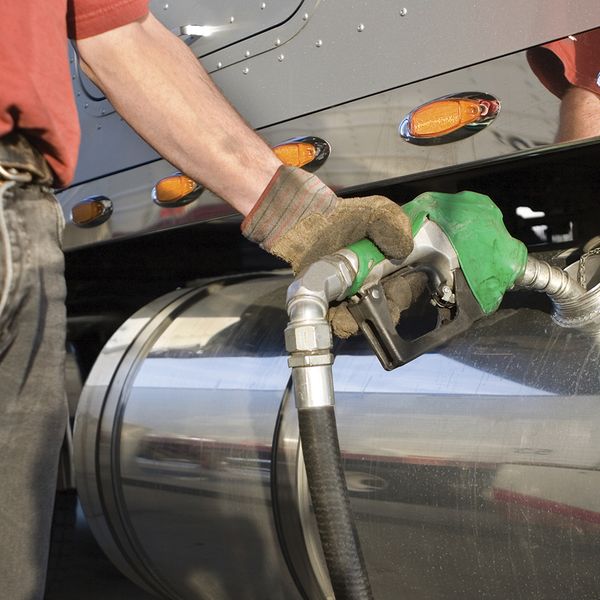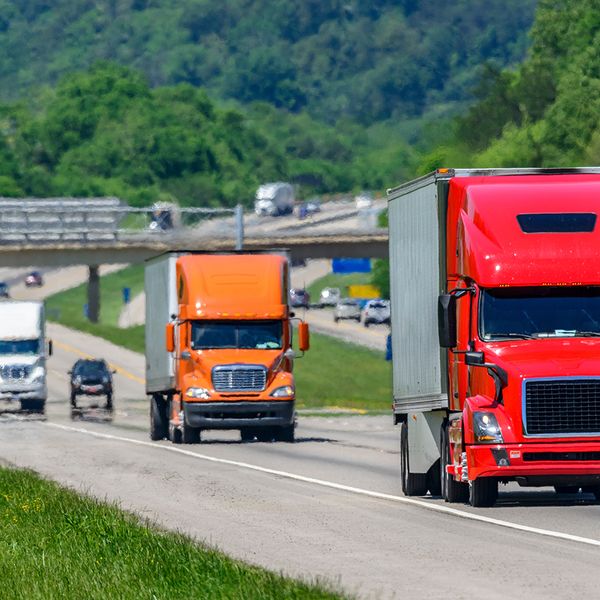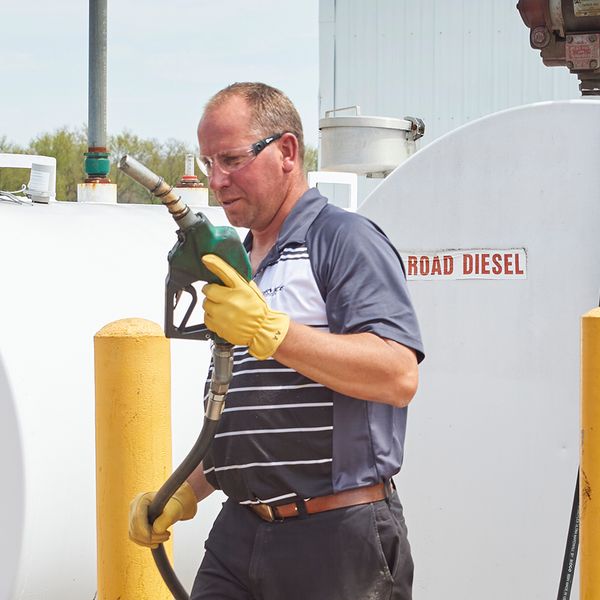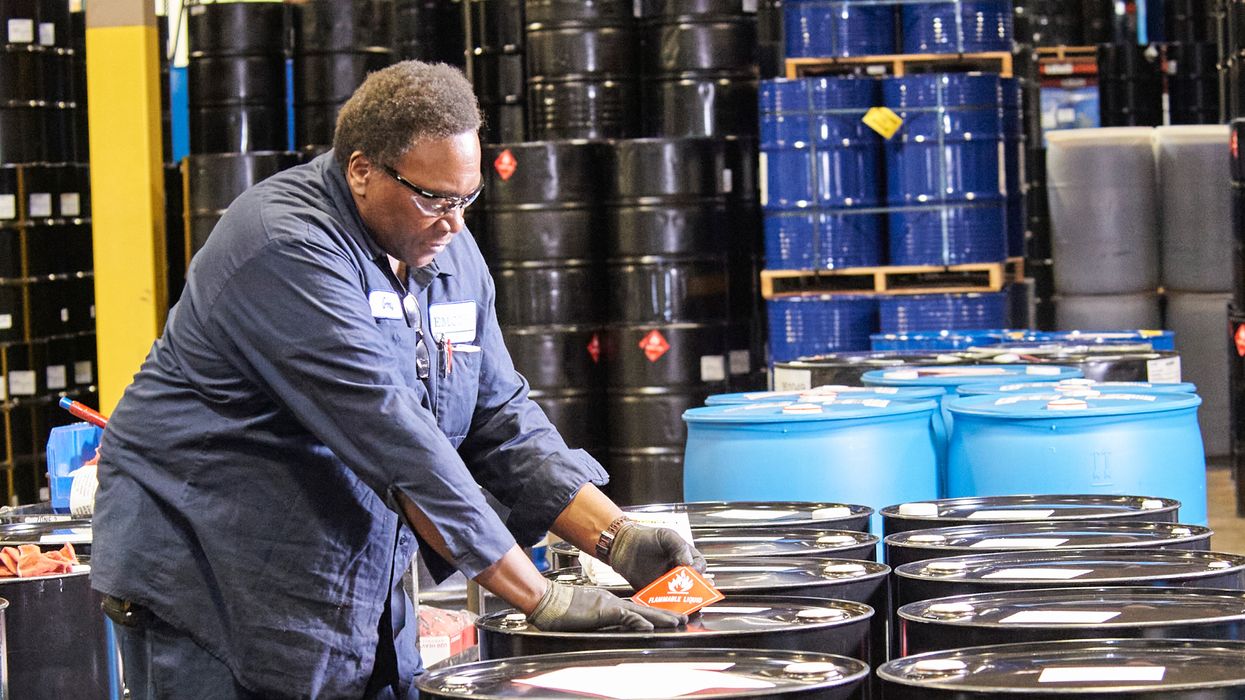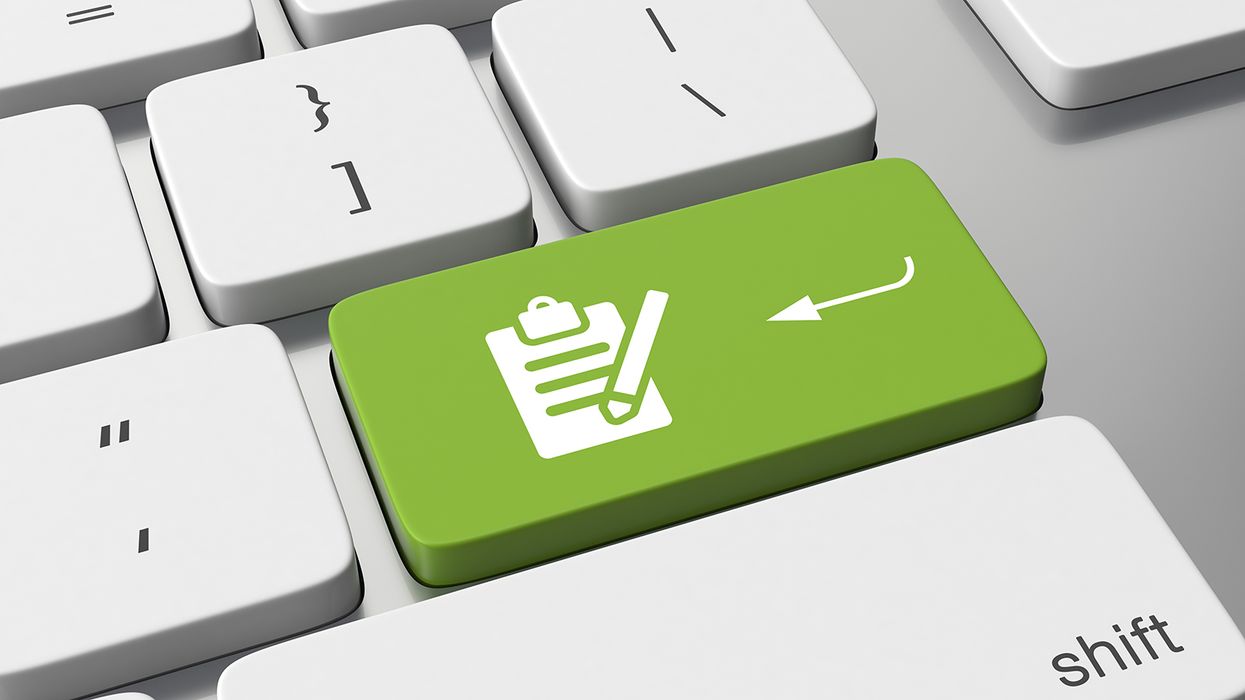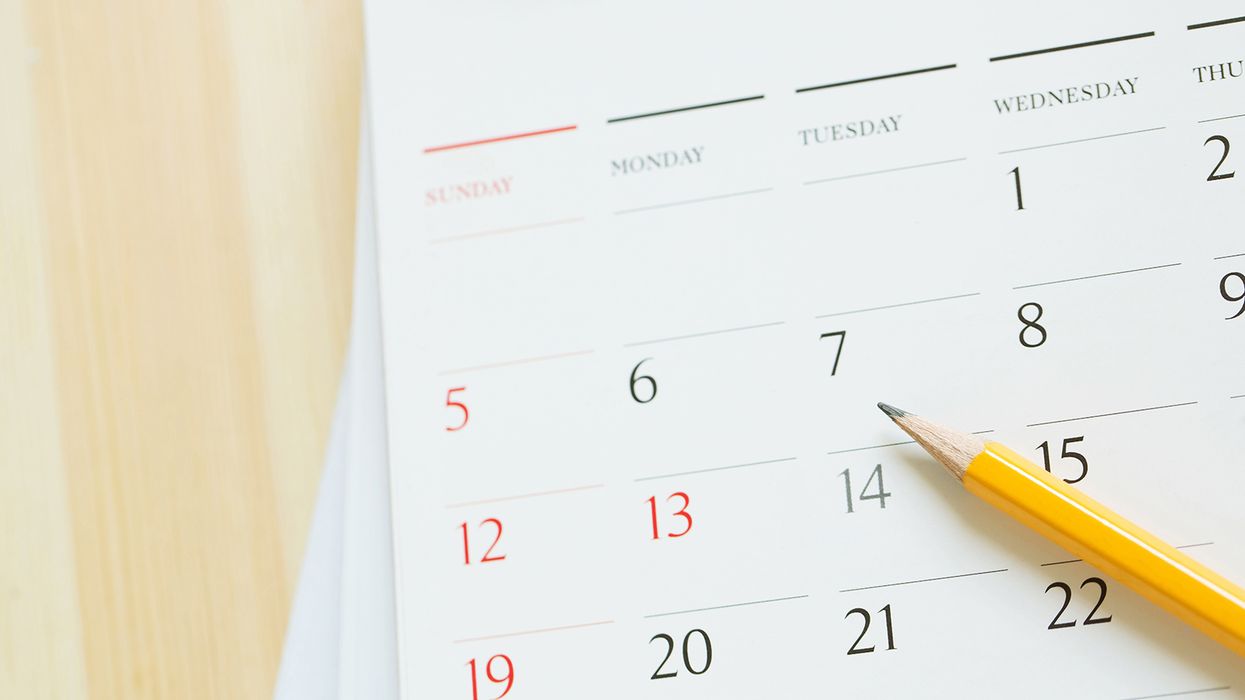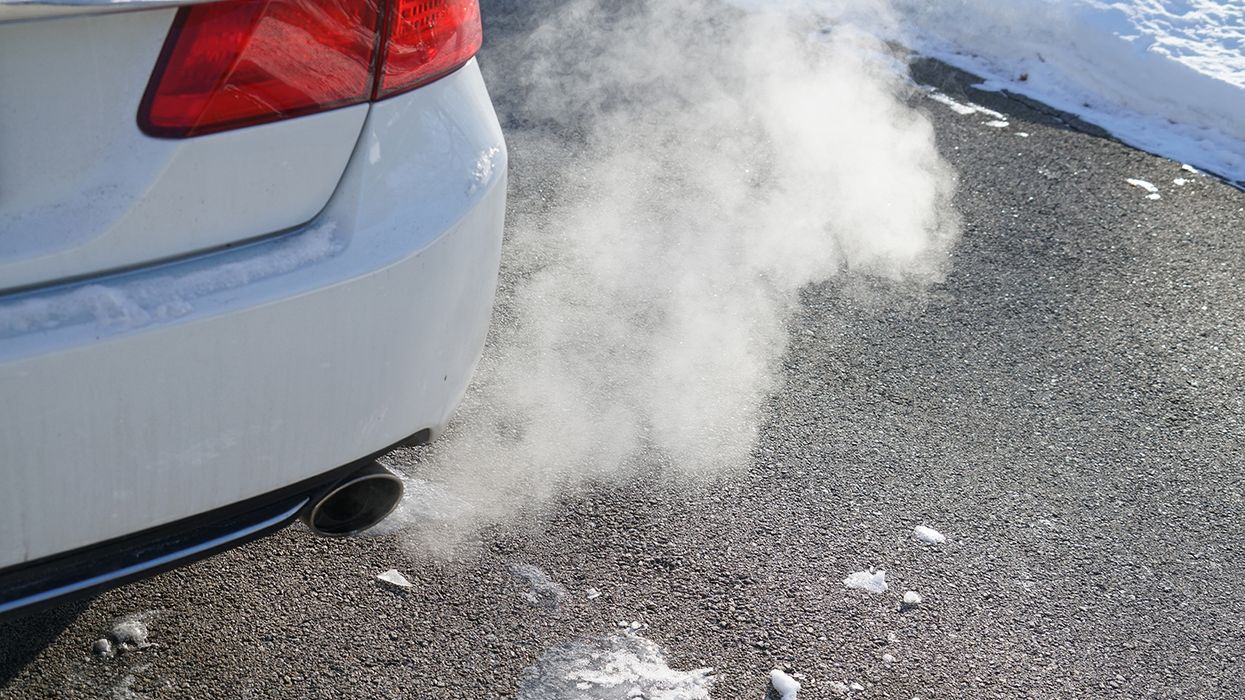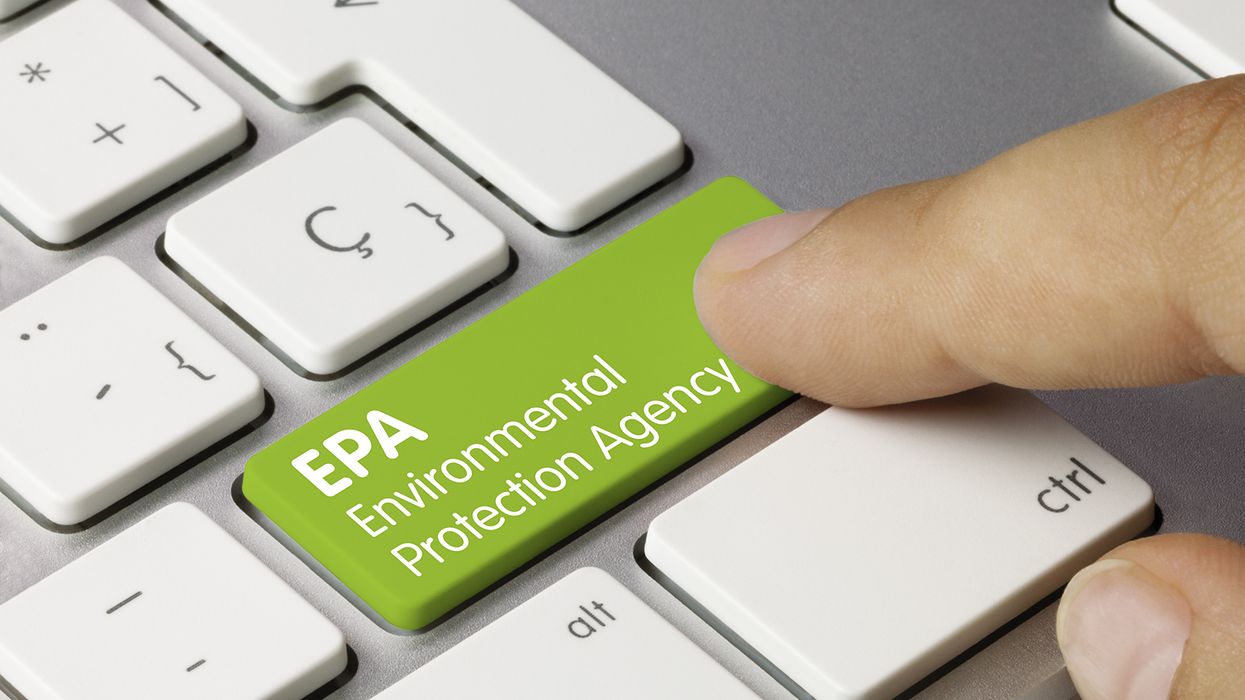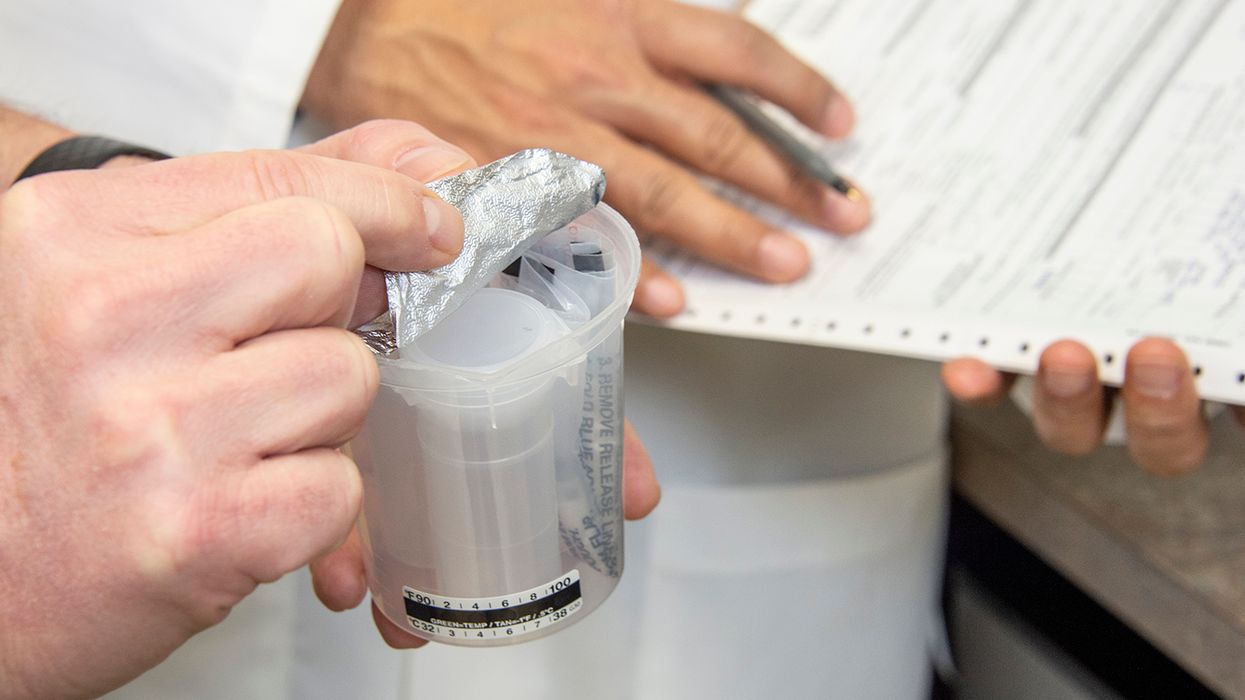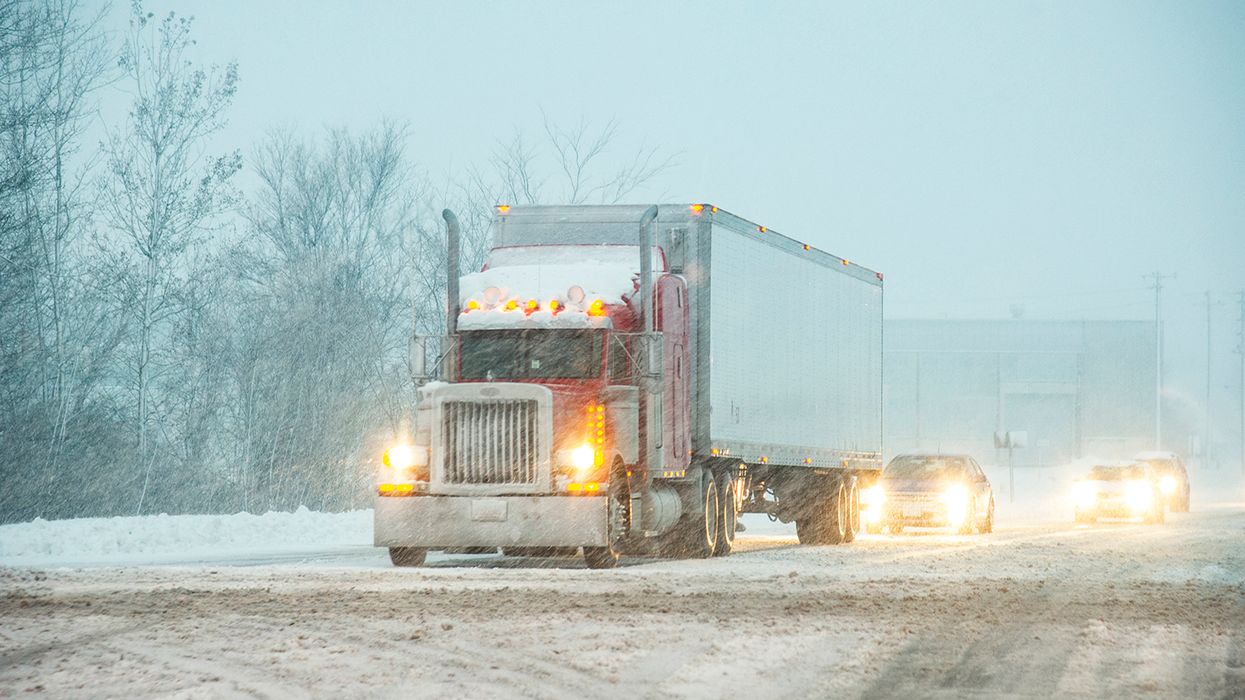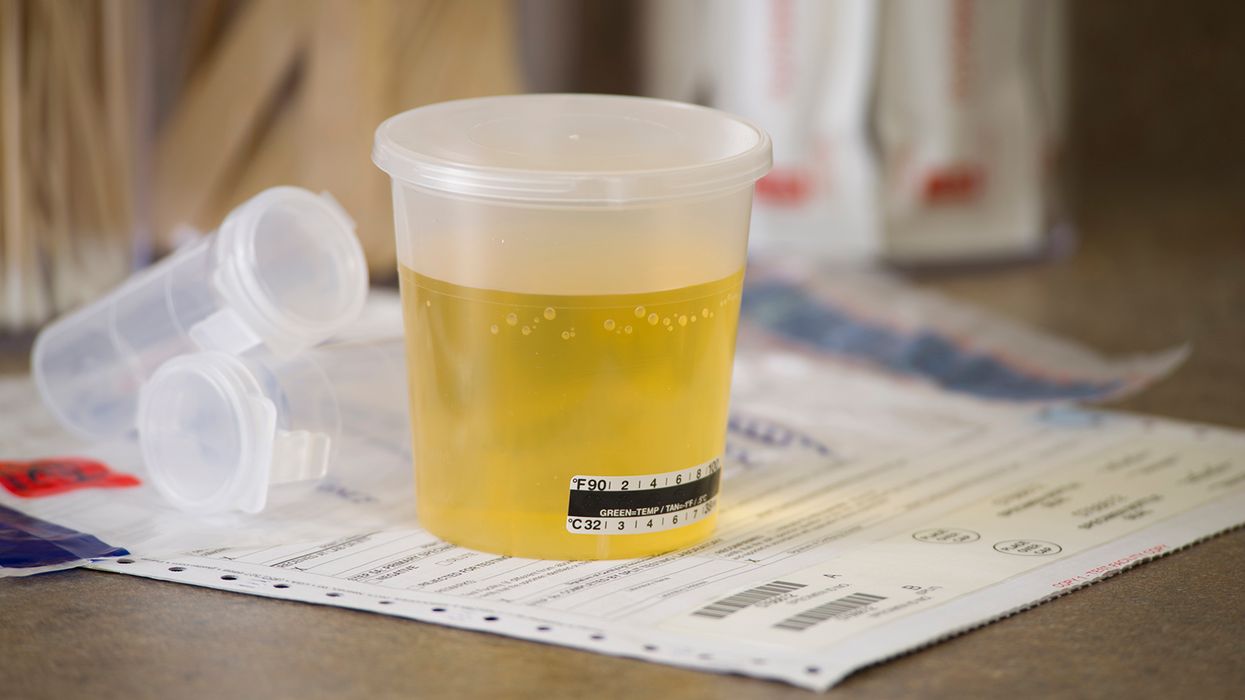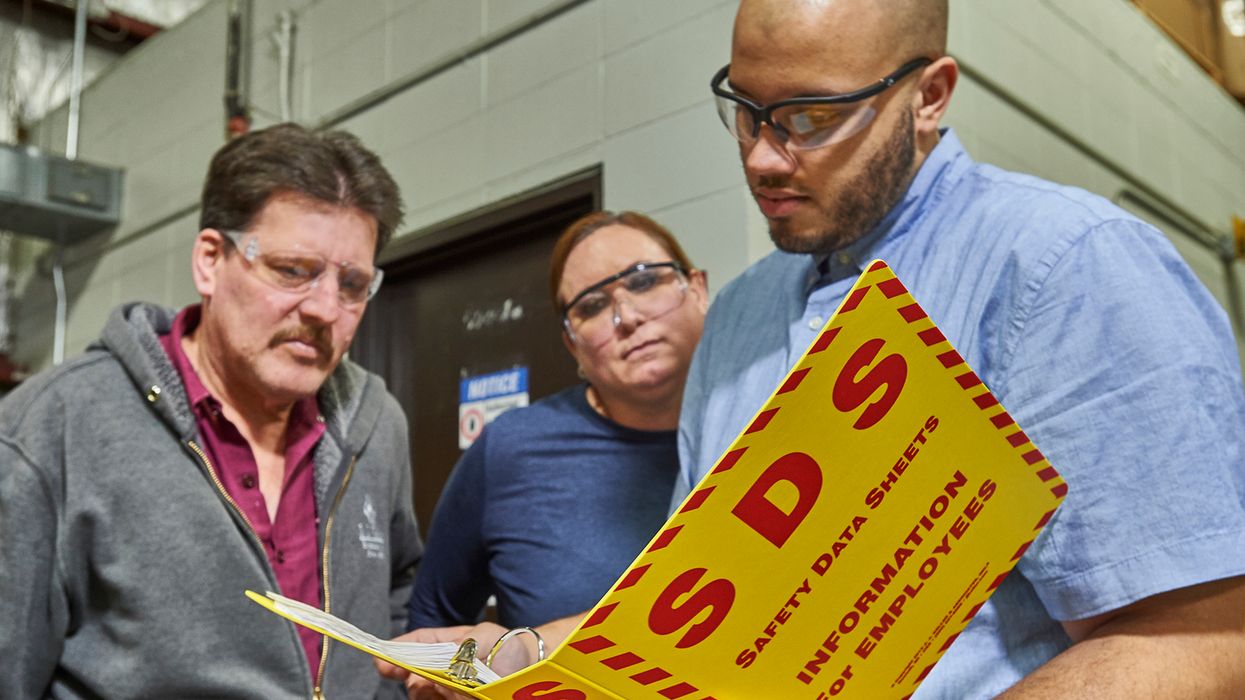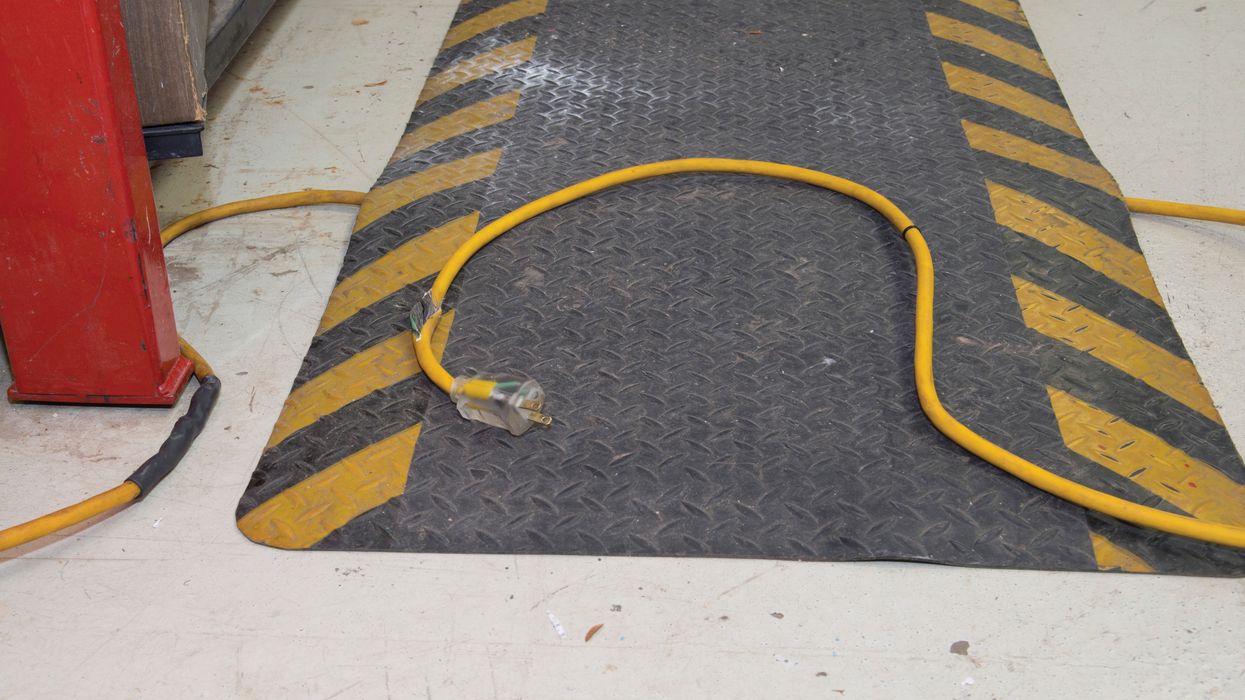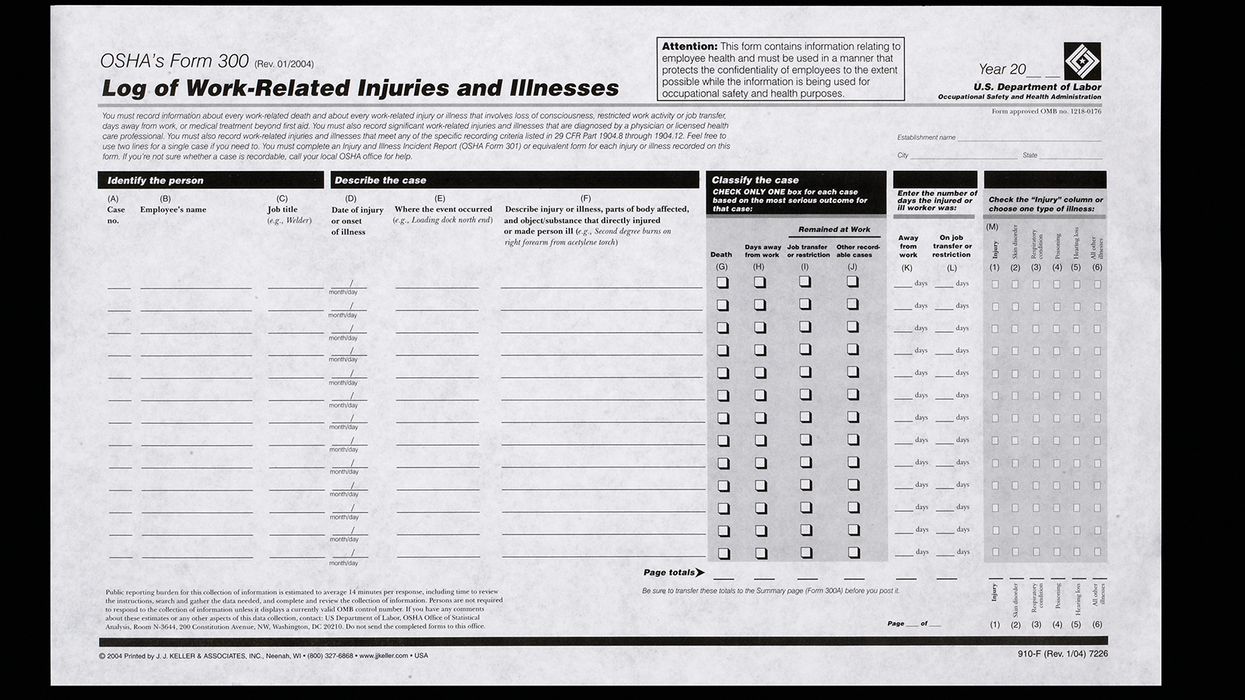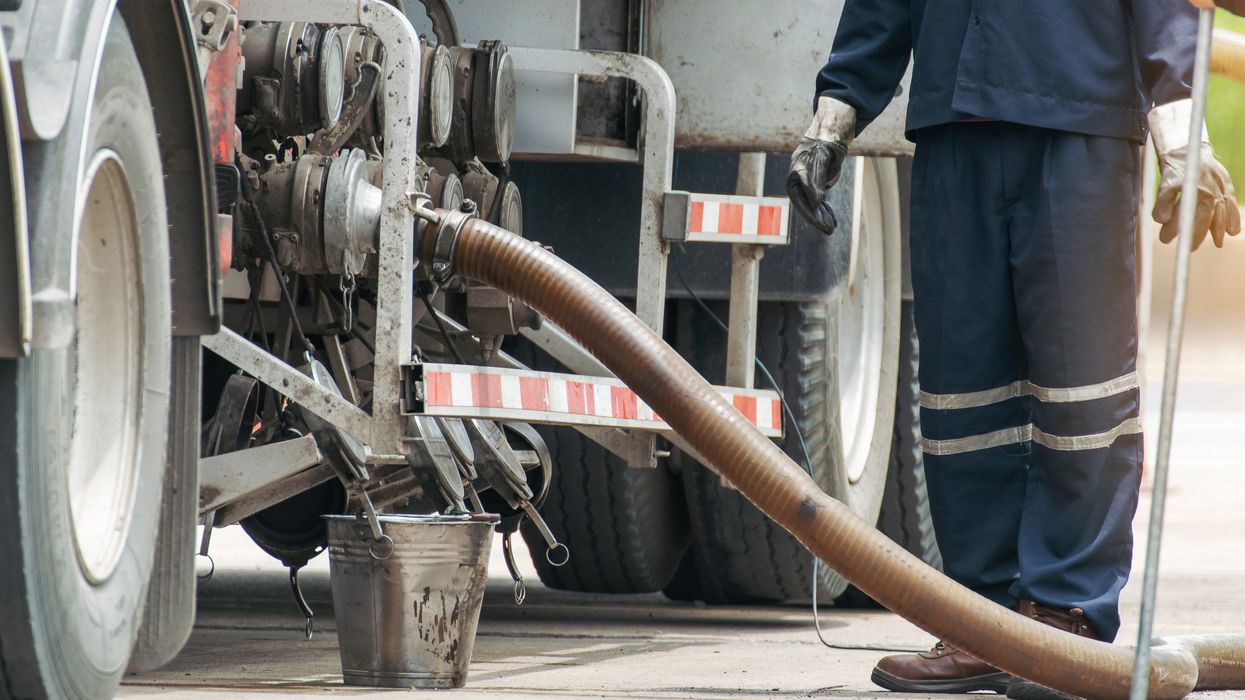How to improve mileage and reduce fuel costs in 3 steps
Fuel prices are expected to remain high for some time. As a result, you may want to take steps to improve your fleet’s fuel mileage because buying less fuel helps lessen the pain of high fuel prices.
Three steps
Here are three steps to improving fuel mileage:
- Spec and equip vehicles with fuel mileage in mind,
- Maintain vehicles with fuel mileage in mind, and
- Train drivers and track their driving.
Getting the right equipment
There are several equipment specifications that directly impact fuel mileage, including:
- Aerodynamics: You want as many aerodynamic options as possible and practical.
- Tires: Choose fuel efficient tires that are just tough enough to meet the needs of the job.
- Engine operating range: You want the engine to spend the majority of its operating time in the lower end of the operating range.
- Transmission and rear axle gearing: This is the other half of making sure the engine is operating in the lower end of its operating range the majority of the time.
- Speed limiting: This increases fuel mileage by keeping aerodynamic forces as low as is practical and the engine well within its operating range.
- Idle reduction equipment: If you have excessive idle time, look at providing your drivers with tools to reduce it (cab heaters, gen-sets, etc.).
Maintaining the vehicles
The next step is to maintain vehicles with fuel mileage in mind. This involves:
- Checking tire inflation and condition during any and all maintenance activities.
- Keeping clean air and fuel filters on the engine.
- Servicing the engine at or before the manufacturer’s recommendations.
- Repairing or replacing aerodynamic components as soon as possible if they are damaged.
- Downloading the engine electronic control module to see if the engine has any faults and how the driver is driving it.
- Paying attention to the brakes and wheel bearings during inspections (two sources of unnecessary drag if not maintained).
- Upgrading to more fuel-efficient components as they become available.
Train and track your drivers
Tracking drivers involves using fuel mileage as a driver performance evaluation tool. This will require you to have a program that can assign the fuel mileage on a specific vehicle to a specific driver. Once this is in place, you can use it as part of a scorecard or fuel bonus program. As far as training, this involves training drivers on:
- Tire inspections: Underinflation of tires will have a serious impact on fuel mileage.
- Idle reduction: While drivers must idle at times (warm up, cool down, for cab climate control during rest periods, etc.), train them to keep it to the minimum.
- Speed control: Rapid acceleration and harsh braking are two habits that directly impact fuel mileage, so train drivers to drive defensively and speed up and slow down in a controlled manner.
- RPM control: This involves training the driver to use lower RPMs or less throttle whenever possible.
- Routes: Train drivers to choose routes with fuel mileage in mind (such as avoiding city driving and rush hours).
- Progressive shifting (if you use manual transmissions): Train drivers to shift the lower gears at lower RPMs and shift to the next gear as soon as possible (based on the engine’s operating range).
Key to remember
Improving fuel mileage is not necessarily easy, but it can be done using these three steps.

